Term paper Banking Theme: “National Payment System of
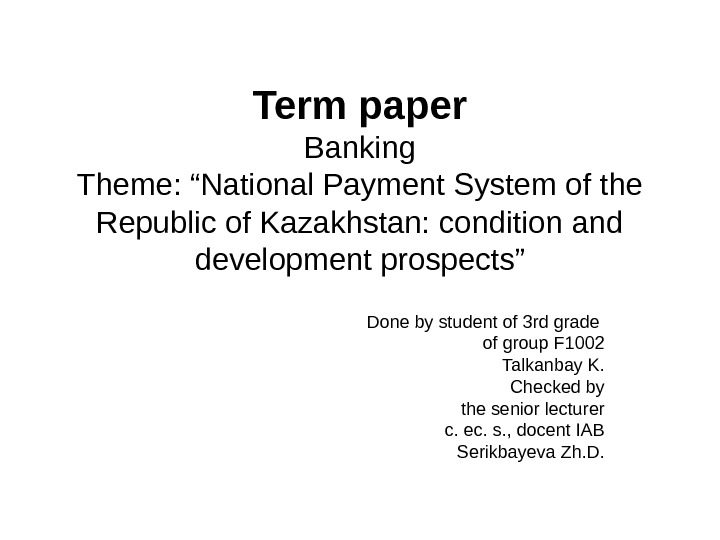
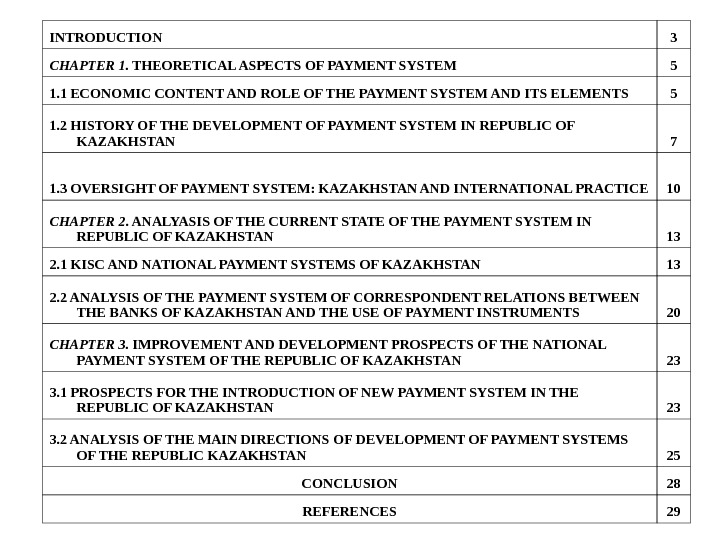
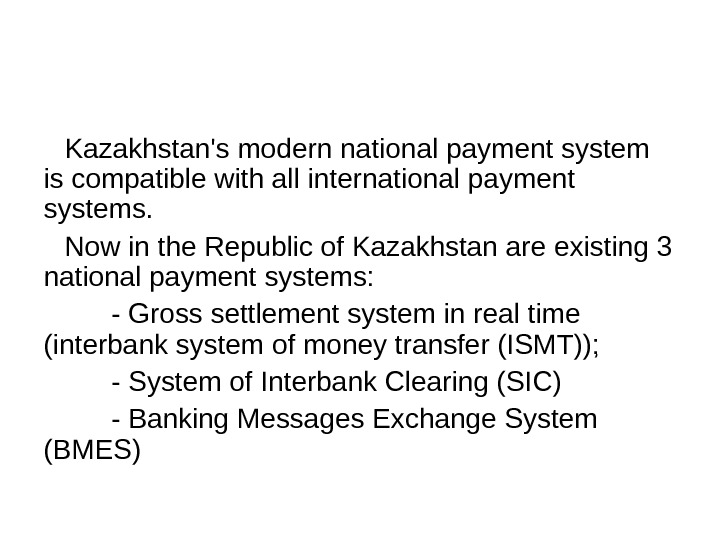
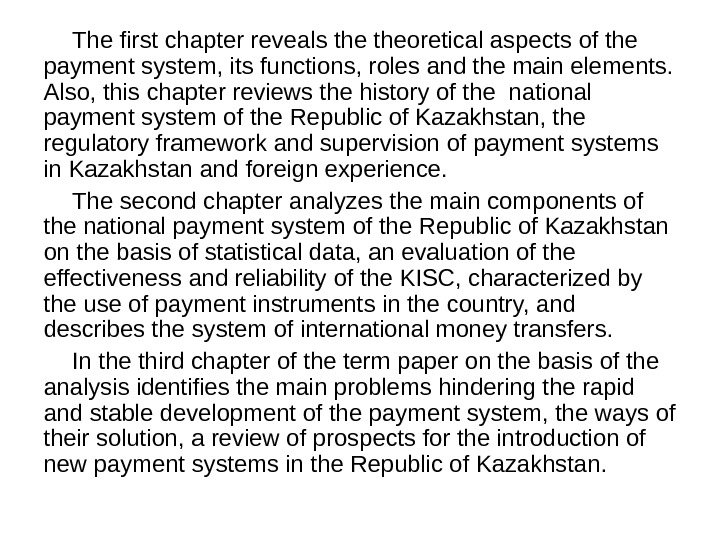
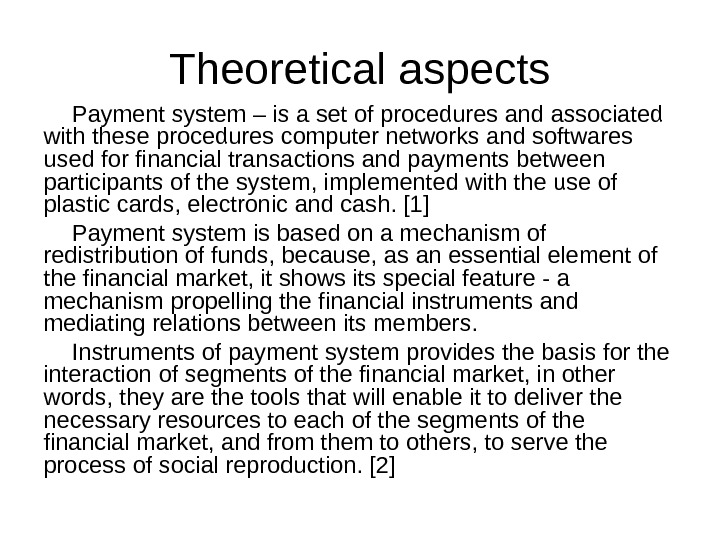
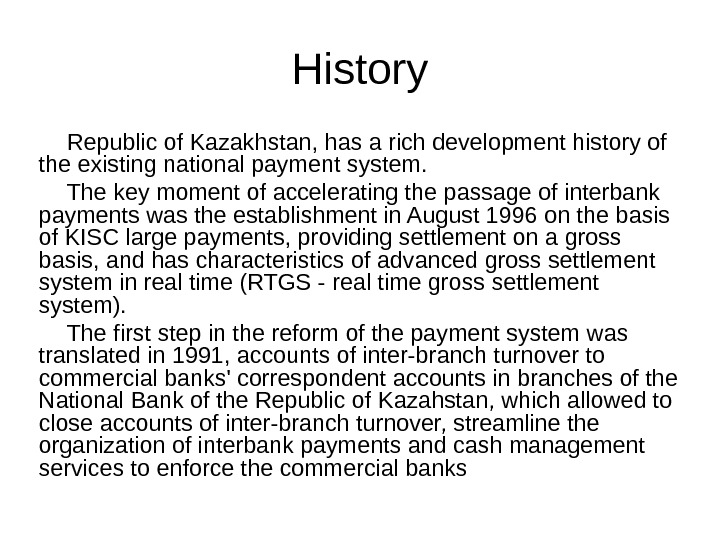

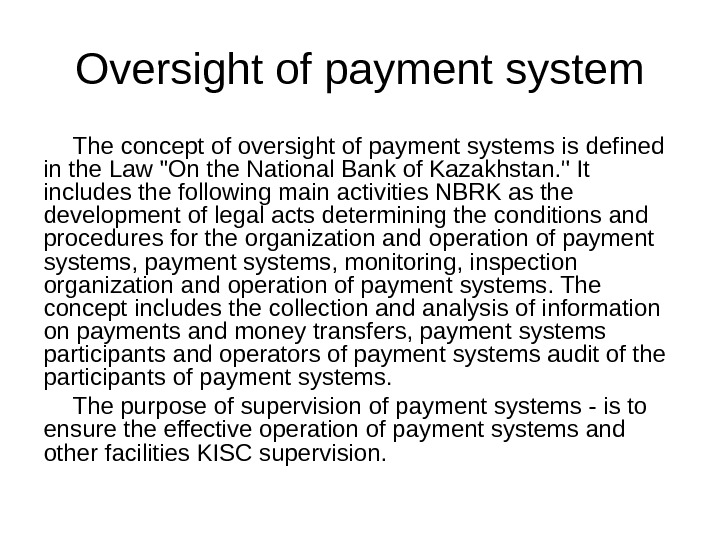
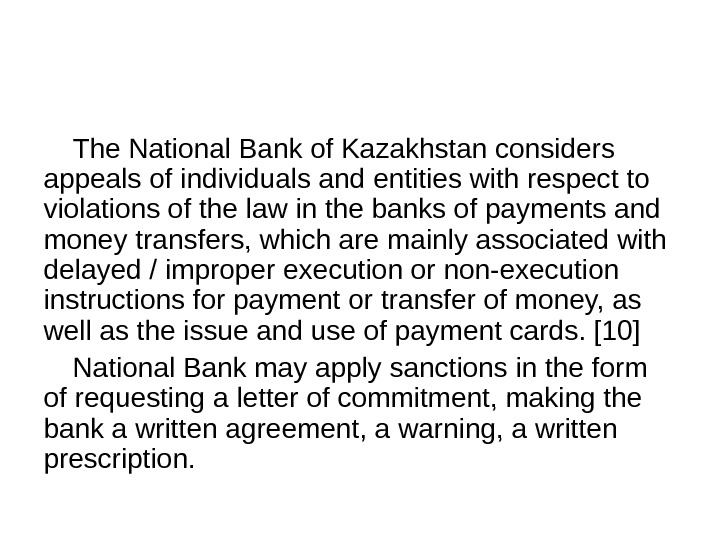
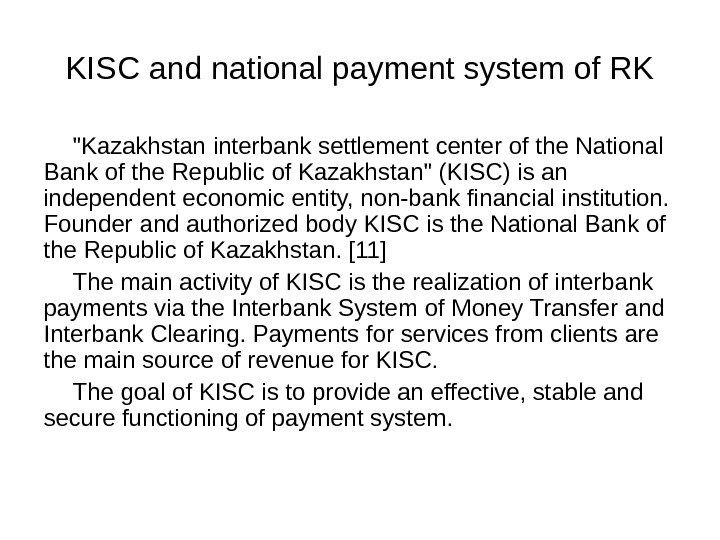
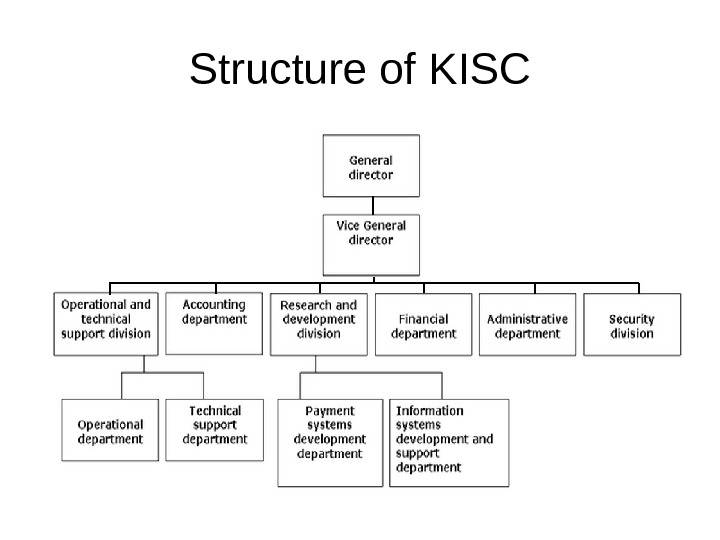

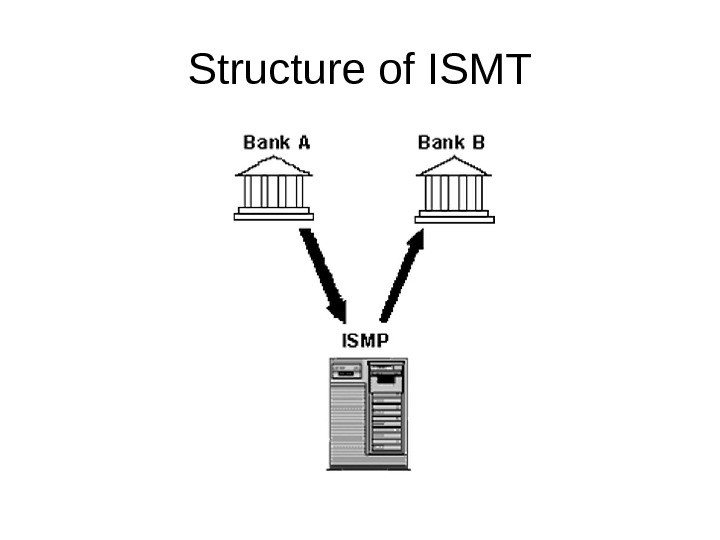
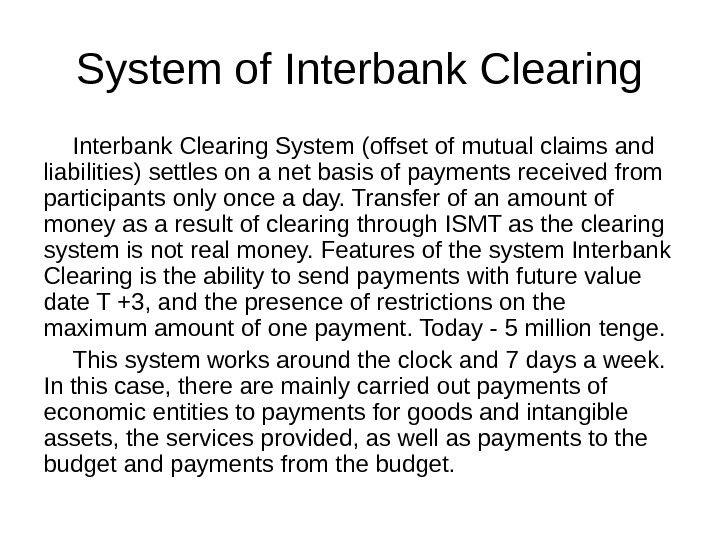
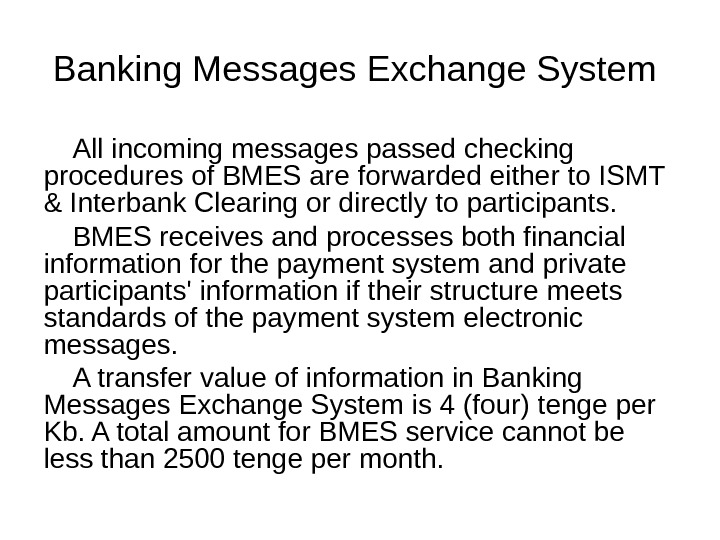
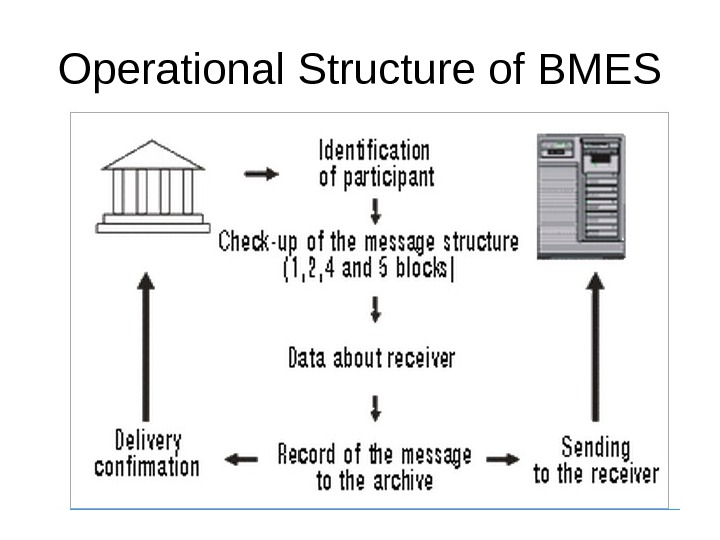
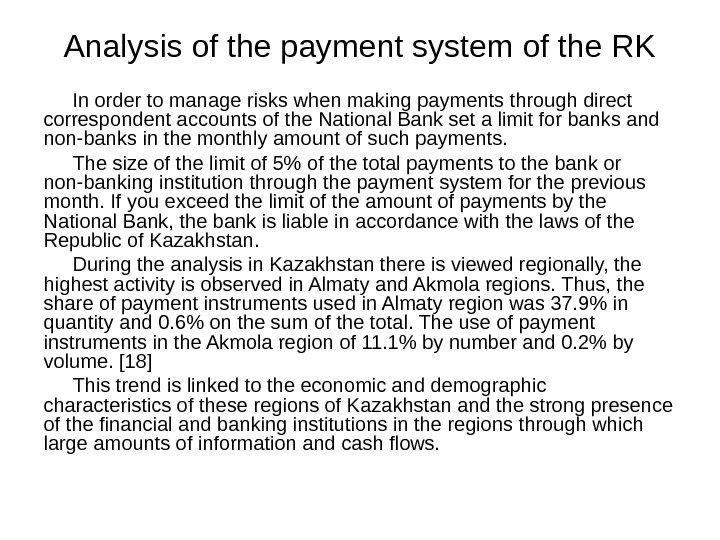
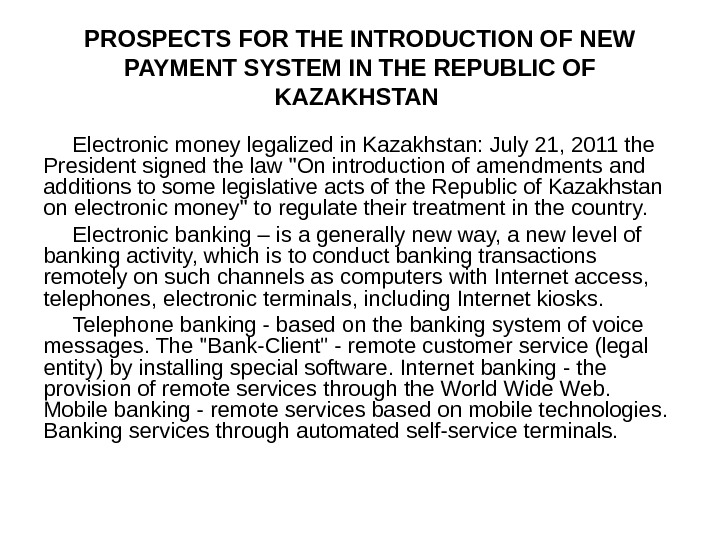

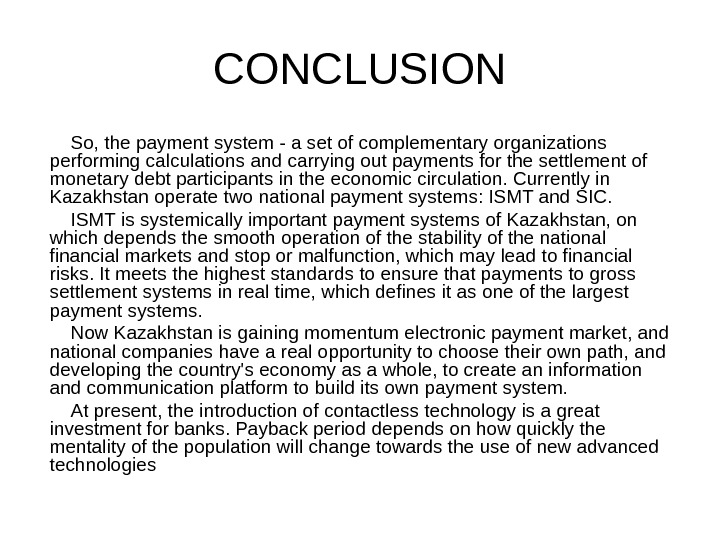
- Размер: 312 Кб
- Количество слайдов: 20
Описание презентации Term paper Banking Theme: “National Payment System of по слайдам
 Term paper Banking Theme: “National Payment System of the Republic of Kazakhstan: condition and development prospects” Done by student of 3 rd grade of group F 1002 Talkanbay K. Checked by the senior lecturer с. ec. s. , docent IAB Serikbayeva Zh. D.
Term paper Banking Theme: “National Payment System of the Republic of Kazakhstan: condition and development prospects” Done by student of 3 rd grade of group F 1002 Talkanbay K. Checked by the senior lecturer с. ec. s. , docent IAB Serikbayeva Zh. D.
 INTRODUCTION 3 CHAPTER 1. THEORETICAL ASPECTS OF PAYMENT SYSTEM 5 1. 1 ECONOMIC CONTENT AND ROLE OF THE PAYMENT SYSTEM AND ITS ELEMENTS 5 1. 2 HISTORY OF THE DEVELOPMENT OF PAYMENT SYSTEM IN REPUBLIC OF KAZAKHSTAN 7 1. 3 OVERSIGHT OF PAYMENT SYSTEM: KAZAKHSTAN AND INTERNATIONAL PRACTICE 10 CHAPTER 2. ANALYASIS OF THE CURRENT STATE OF THE PAYMENT SYSTEM IN REPUBLIC OF KAZAKHSTAN 13 2. 1 KISC AND NATIONAL PAYMENT SYSTEMS OF KAZAKHSTAN 13 2. 2 ANALYSIS OF THE PAYMENT SYSTEM OF CORRESPONDENT RELATIONS BETWEEN THE BANKS OF KAZAKHSTAN AND THE USE OF PAYMENT INSTRUMENTS 20 CHAPTER 3. IMPROVEMENT AND DEVELOPMENT PROSPECTS OF THE NATIONAL PAYMENT SYSTEM OF THE REPUBLIC OF KAZAKHSTAN 23 3. 1 PROSPECTS FOR THE INTRODUCTION OF NEW PAYMENT SYSTEM IN THE REPUBLIC OF KAZAKHSTAN 23 3. 2 ANALYSIS OF THE MAIN DIRECTIONS OF DEVELOPMENT OF PAYMENT SYSTEMS OF THE REPUBLIC KAZAKHSTAN 25 CONCLUSION 28 REFERENCES
INTRODUCTION 3 CHAPTER 1. THEORETICAL ASPECTS OF PAYMENT SYSTEM 5 1. 1 ECONOMIC CONTENT AND ROLE OF THE PAYMENT SYSTEM AND ITS ELEMENTS 5 1. 2 HISTORY OF THE DEVELOPMENT OF PAYMENT SYSTEM IN REPUBLIC OF KAZAKHSTAN 7 1. 3 OVERSIGHT OF PAYMENT SYSTEM: KAZAKHSTAN AND INTERNATIONAL PRACTICE 10 CHAPTER 2. ANALYASIS OF THE CURRENT STATE OF THE PAYMENT SYSTEM IN REPUBLIC OF KAZAKHSTAN 13 2. 1 KISC AND NATIONAL PAYMENT SYSTEMS OF KAZAKHSTAN 13 2. 2 ANALYSIS OF THE PAYMENT SYSTEM OF CORRESPONDENT RELATIONS BETWEEN THE BANKS OF KAZAKHSTAN AND THE USE OF PAYMENT INSTRUMENTS 20 CHAPTER 3. IMPROVEMENT AND DEVELOPMENT PROSPECTS OF THE NATIONAL PAYMENT SYSTEM OF THE REPUBLIC OF KAZAKHSTAN 23 3. 1 PROSPECTS FOR THE INTRODUCTION OF NEW PAYMENT SYSTEM IN THE REPUBLIC OF KAZAKHSTAN 23 3. 2 ANALYSIS OF THE MAIN DIRECTIONS OF DEVELOPMENT OF PAYMENT SYSTEMS OF THE REPUBLIC KAZAKHSTAN 25 CONCLUSION 28 REFERENCES
 Kazakhstan’s modern national payment system is compatible with all international payment systems. Now in the Republic of Kazakhstan are existing 3 national payment systems: — Gross settlement system in real time (interbank system of money transfer (ISMT)); — System of Interbank Clearing (SIC) — Banking Messages Exchange System (BMES)
Kazakhstan’s modern national payment system is compatible with all international payment systems. Now in the Republic of Kazakhstan are existing 3 national payment systems: — Gross settlement system in real time (interbank system of money transfer (ISMT)); — System of Interbank Clearing (SIC) — Banking Messages Exchange System (BMES)
 The first chapter reveals theoretical aspects of the payment system, its functions, roles and the main elements. Also, this chapter reviews the history of the national payment system of the Republic of Kazakhstan, the regulatory framework and supervision of payment systems in Kazakhstan and foreign experience. The second chapter analyzes the main components of the national payment system of the Republic of Kazakhstan on the basis of statistical data, an evaluation of the effectiveness and reliability of the KISC, characterized by the use of payment instruments in the country, and describes the system of international money transfers. In the third chapter of the term paper on the basis of the analysis identifies the main problems hindering the rapid and stable development of the payment system, the ways of their solution, a review of prospects for the introduction of new payment systems in the Republic of Kazakhstan.
The first chapter reveals theoretical aspects of the payment system, its functions, roles and the main elements. Also, this chapter reviews the history of the national payment system of the Republic of Kazakhstan, the regulatory framework and supervision of payment systems in Kazakhstan and foreign experience. The second chapter analyzes the main components of the national payment system of the Republic of Kazakhstan on the basis of statistical data, an evaluation of the effectiveness and reliability of the KISC, characterized by the use of payment instruments in the country, and describes the system of international money transfers. In the third chapter of the term paper on the basis of the analysis identifies the main problems hindering the rapid and stable development of the payment system, the ways of their solution, a review of prospects for the introduction of new payment systems in the Republic of Kazakhstan.
 Theoretical aspects Payment system – is a set of procedures and associated with these procedures computer networks and softwares used for financial transactions and payments between participants of the system, implemented with the use of plastic cards, electronic and cash. [1] Payment system is based on a mechanism of redistribution of funds, because, as an essential element of the financial market, it shows its special feature — a mechanism propelling the financial instruments and mediating relations between its members. Instruments of payment system provides the basis for the interaction of segments of the financial market, in other words, they are the tools that will enable it to deliver the necessary resources to each of the segments of the financial market, and from them to others, to serve the process of social reproduction. [2]
Theoretical aspects Payment system – is a set of procedures and associated with these procedures computer networks and softwares used for financial transactions and payments between participants of the system, implemented with the use of plastic cards, electronic and cash. [1] Payment system is based on a mechanism of redistribution of funds, because, as an essential element of the financial market, it shows its special feature — a mechanism propelling the financial instruments and mediating relations between its members. Instruments of payment system provides the basis for the interaction of segments of the financial market, in other words, they are the tools that will enable it to deliver the necessary resources to each of the segments of the financial market, and from them to others, to serve the process of social reproduction. [2]
 History Republic of Kazakhstan, has a rich development history of the existing national payment system. The key moment of accelerating the passage of interbank payments was the establishment in August 1996 on the basis of KISC large payments, providing settlement on a gross basis, and has characteristics of advanced gross settlement system in real time (RTGS — real time gross settlement system). The first step in the reform of the payment system was translated in 1991, accounts of inter-branch turnover to commercial banks’ correspondent accounts in branches of the National Bank of the Republic of Kazahstan, which allowed to close accounts of inter-branch turnover, streamline the organization of interbank payments and cash management services to enforce the commercial banks
History Republic of Kazakhstan, has a rich development history of the existing national payment system. The key moment of accelerating the passage of interbank payments was the establishment in August 1996 on the basis of KISC large payments, providing settlement on a gross basis, and has characteristics of advanced gross settlement system in real time (RTGS — real time gross settlement system). The first step in the reform of the payment system was translated in 1991, accounts of inter-branch turnover to commercial banks’ correspondent accounts in branches of the National Bank of the Republic of Kazahstan, which allowed to close accounts of inter-branch turnover, streamline the organization of interbank payments and cash management services to enforce the commercial banks
 The second step was the creation in 1995 of the first in the Republic of Kazakhstan — Almaty Clearing House (ACH), which uses the method of multilateral netting. Also in 1995, the National Bank of the RK was carried out audit of the accounts and the settlement with the countries of the ruble zone balances on correspondent accounts with local banks, as well as conducted training relevant international agreements. And the last important step: in June 7, 2010 was a transition of the banking and payment systems of the Republic of Kazakhstan to the new bank account numbers and bank customer’s bank identification codes.
The second step was the creation in 1995 of the first in the Republic of Kazakhstan — Almaty Clearing House (ACH), which uses the method of multilateral netting. Also in 1995, the National Bank of the RK was carried out audit of the accounts and the settlement with the countries of the ruble zone balances on correspondent accounts with local banks, as well as conducted training relevant international agreements. And the last important step: in June 7, 2010 was a transition of the banking and payment systems of the Republic of Kazakhstan to the new bank account numbers and bank customer’s bank identification codes.
 Oversight of payment system The concept of oversight of payment systems is defined in the Law «On the National Bank of Kazakhstan. » It includes the following main activities NBRK as the development of legal acts determining the conditions and procedures for the organization and operation of payment systems, monitoring, inspection organization and operation of payment systems. The concept includes the collection and analysis of information on payments and money transfers, payment systems participants and operators of payment systems audit of the participants of payment systems. The purpose of supervision of payment systems — is to ensure the effective operation of payment systems and other facilities KISC supervision.
Oversight of payment system The concept of oversight of payment systems is defined in the Law «On the National Bank of Kazakhstan. » It includes the following main activities NBRK as the development of legal acts determining the conditions and procedures for the organization and operation of payment systems, monitoring, inspection organization and operation of payment systems. The concept includes the collection and analysis of information on payments and money transfers, payment systems participants and operators of payment systems audit of the participants of payment systems. The purpose of supervision of payment systems — is to ensure the effective operation of payment systems and other facilities KISC supervision.
 The National Bank of Kazakhstan considers appeals of individuals and entities with respect to violations of the law in the banks of payments and money transfers, which are mainly associated with delayed / improper execution or non-execution instructions for payment or transfer of money, as well as the issue and use of payment cards. [10] National Bank may apply sanctions in the form of requesting a letter of commitment, making the bank a written agreement, a warning, a written prescription.
The National Bank of Kazakhstan considers appeals of individuals and entities with respect to violations of the law in the banks of payments and money transfers, which are mainly associated with delayed / improper execution or non-execution instructions for payment or transfer of money, as well as the issue and use of payment cards. [10] National Bank may apply sanctions in the form of requesting a letter of commitment, making the bank a written agreement, a warning, a written prescription.
 KISC and national payment system of RK «Kazakhstan interbank settlement center of the National Bank of the Republic of Kazakhstan» (KISC) is an independent economic entity, non-bank financial institution. Founder and authorized body KISC is the National Bank of the Republic of Kazakhstan. [11] The main activity of KISC is the realization of interbank payments via the Interbank System of Money Transfer and Interbank Clearing. Payments for services from clients are the main source of revenue for KISC. The goal of KISC is to provide an effective, stable and secure functioning of payment system.
KISC and national payment system of RK «Kazakhstan interbank settlement center of the National Bank of the Republic of Kazakhstan» (KISC) is an independent economic entity, non-bank financial institution. Founder and authorized body KISC is the National Bank of the Republic of Kazakhstan. [11] The main activity of KISC is the realization of interbank payments via the Interbank System of Money Transfer and Interbank Clearing. Payments for services from clients are the main source of revenue for KISC. The goal of KISC is to provide an effective, stable and secure functioning of payment system.
 Structure of KIS
Structure of KIS
 ISMT is a gross settlement system in real time in the country (RTGS), in which each document is processed individually and money transfer on the basis of each payment document. ISMT operates every day except holidays and weekends. Trading day of the system starts at 9 am and closes at 7 pm. However, at the request of users of the national bank can extend the trading day. ISMT settles the net positions of KISC’ retail payment system and also carries out functions of a settlement agent of securities trades based on DVP (Delivery versus payment) principle. ISMT is working on a paperless basis and processes only electronic payment messages based on SWIFT-similar formats, developing, modernizing and ratifying by KISC.
ISMT is a gross settlement system in real time in the country (RTGS), in which each document is processed individually and money transfer on the basis of each payment document. ISMT operates every day except holidays and weekends. Trading day of the system starts at 9 am and closes at 7 pm. However, at the request of users of the national bank can extend the trading day. ISMT settles the net positions of KISC’ retail payment system and also carries out functions of a settlement agent of securities trades based on DVP (Delivery versus payment) principle. ISMT is working on a paperless basis and processes only electronic payment messages based on SWIFT-similar formats, developing, modernizing and ratifying by KISC.
 Structure of ISMT
Structure of ISMT
 System of Interbank Clearing System (offset of mutual claims and liabilities) settles on a net basis of payments received from participants only once a day. Transfer of an amount of money as a result of clearing through ISMT as the clearing system is not real money. Features of the system Interbank Clearing is the ability to send payments with future value date T +3, and the presence of restrictions on the maximum amount of one payment. Today — 5 million tenge. This system works around the clock and 7 days a week. In this case, there are mainly carried out payments of economic entities to payments for goods and intangible assets, the services provided, as well as payments to the budget and payments from the budget.
System of Interbank Clearing System (offset of mutual claims and liabilities) settles on a net basis of payments received from participants only once a day. Transfer of an amount of money as a result of clearing through ISMT as the clearing system is not real money. Features of the system Interbank Clearing is the ability to send payments with future value date T +3, and the presence of restrictions on the maximum amount of one payment. Today — 5 million tenge. This system works around the clock and 7 days a week. In this case, there are mainly carried out payments of economic entities to payments for goods and intangible assets, the services provided, as well as payments to the budget and payments from the budget.
 Banking Messages Exchange System All incoming messages passed checking procedures of BMES are forwarded either to ISMT & Interbank Clearing or directly to participants. BMES receives and processes both financial information for the payment system and private participants’ information if their structure meets standards of the payment system electronic messages. A transfer value of information in Banking Messages Exchange System is 4 (four) tenge per Kb. A total amount for BMES service cannot be less than 2500 tenge per month.
Banking Messages Exchange System All incoming messages passed checking procedures of BMES are forwarded either to ISMT & Interbank Clearing or directly to participants. BMES receives and processes both financial information for the payment system and private participants’ information if their structure meets standards of the payment system electronic messages. A transfer value of information in Banking Messages Exchange System is 4 (four) tenge per Kb. A total amount for BMES service cannot be less than 2500 tenge per month.
 Operational Structure of BMES
Operational Structure of BMES
 Analysis of the payment system of the RK In order to manage risks when making payments through direct correspondent accounts of the National Bank set a limit for banks and non-banks in the monthly amount of such payments. The size of the limit of 5% of the total payments to the bank or non-banking institution through the payment system for the previous month. If you exceed the limit of the amount of payments by the National Bank, the bank is liable in accordance with the laws of the Republic of Kazakhstan. During the analysis in Kazakhstan there is viewed regionally, the highest activity is observed in Almaty and Akmola regions. Thus, the share of payment instruments used in Almaty region was 37. 9% in quantity and 0. 6% on the sum of the total. The use of payment instruments in the Akmola region of 11. 1% by number and 0. 2% by volume. [18] This trend is linked to the economic and demographic characteristics of these regions of Kazakhstan and the strong presence of the financial and banking institutions in the regions through which large amounts of information and cash flows.
Analysis of the payment system of the RK In order to manage risks when making payments through direct correspondent accounts of the National Bank set a limit for banks and non-banks in the monthly amount of such payments. The size of the limit of 5% of the total payments to the bank or non-banking institution through the payment system for the previous month. If you exceed the limit of the amount of payments by the National Bank, the bank is liable in accordance with the laws of the Republic of Kazakhstan. During the analysis in Kazakhstan there is viewed regionally, the highest activity is observed in Almaty and Akmola regions. Thus, the share of payment instruments used in Almaty region was 37. 9% in quantity and 0. 6% on the sum of the total. The use of payment instruments in the Akmola region of 11. 1% by number and 0. 2% by volume. [18] This trend is linked to the economic and demographic characteristics of these regions of Kazakhstan and the strong presence of the financial and banking institutions in the regions through which large amounts of information and cash flows.
 PROSPECTS FOR THE INTRODUCTION OF NEW PAYMENT SYSTEM IN THE REPUBLIC OF KAZAKHSTAN Electronic money legalized in Kazakhstan: July 21, 2011 the President signed the law «On introduction of amendments and additions to some legislative acts of the Republic of Kazakhstan on electronic money» to regulate their treatment in the country. Electronic banking – is a generally new way, a new level of banking activity, which is to conduct banking transactions remotely on such channels as computers with Internet access, telephones, electronic terminals, including Internet kiosks. Telephone banking — based on the banking system of voice messages. The «Bank-Client» — remote customer service (legal entity) by installing special software. Internet banking — the provision of remote services through the World Wide Web. Mobile banking — remote services based on mobile technologies. Banking services through automated self-service terminals.
PROSPECTS FOR THE INTRODUCTION OF NEW PAYMENT SYSTEM IN THE REPUBLIC OF KAZAKHSTAN Electronic money legalized in Kazakhstan: July 21, 2011 the President signed the law «On introduction of amendments and additions to some legislative acts of the Republic of Kazakhstan on electronic money» to regulate their treatment in the country. Electronic banking – is a generally new way, a new level of banking activity, which is to conduct banking transactions remotely on such channels as computers with Internet access, telephones, electronic terminals, including Internet kiosks. Telephone banking — based on the banking system of voice messages. The «Bank-Client» — remote customer service (legal entity) by installing special software. Internet banking — the provision of remote services through the World Wide Web. Mobile banking — remote services based on mobile technologies. Banking services through automated self-service terminals.
 E-money issuers may be any bank. The bank itself, in accordance with its domestic business strategy decides on the choice of model and infrastructure of electronic money. In my opinion, the most optimal and rational decision for further development of e-commerce market is to create a common infrastructure of electronic money with a connection to it all relevant issuers. The introduction of such a system is the most attractive for the banks as to the investment side, and from the perspective of the possibility of expanding consumer access to services.
E-money issuers may be any bank. The bank itself, in accordance with its domestic business strategy decides on the choice of model and infrastructure of electronic money. In my opinion, the most optimal and rational decision for further development of e-commerce market is to create a common infrastructure of electronic money with a connection to it all relevant issuers. The introduction of such a system is the most attractive for the banks as to the investment side, and from the perspective of the possibility of expanding consumer access to services.
 CONCLUSION So, the payment system — a set of complementary organizations performing calculations and carrying out payments for the settlement of monetary debt participants in the economic circulation. Currently in Kazakhstan operate two national payment systems: ISMT and SIC. ISMT is systemically important payment systems of Kazakhstan, on which depends the smooth operation of the stability of the national financial markets and stop or malfunction, which may lead to financial risks. It meets the highest standards to ensure that payments to gross settlement systems in real time, which defines it as one of the largest payment systems. Now Kazakhstan is gaining momentum electronic payment market, and national companies have a real opportunity to choose their own path, and developing the country’s economy as a whole, to create an information and communication platform to build its own payment system. At present, the introduction of contactless technology is a great investment for banks. Payback period depends on how quickly the mentality of the population will change towards the use of new advanced technologies
CONCLUSION So, the payment system — a set of complementary organizations performing calculations and carrying out payments for the settlement of monetary debt participants in the economic circulation. Currently in Kazakhstan operate two national payment systems: ISMT and SIC. ISMT is systemically important payment systems of Kazakhstan, on which depends the smooth operation of the stability of the national financial markets and stop or malfunction, which may lead to financial risks. It meets the highest standards to ensure that payments to gross settlement systems in real time, which defines it as one of the largest payment systems. Now Kazakhstan is gaining momentum electronic payment market, and national companies have a real opportunity to choose their own path, and developing the country’s economy as a whole, to create an information and communication platform to build its own payment system. At present, the introduction of contactless technology is a great investment for banks. Payback period depends on how quickly the mentality of the population will change towards the use of new advanced technologies
